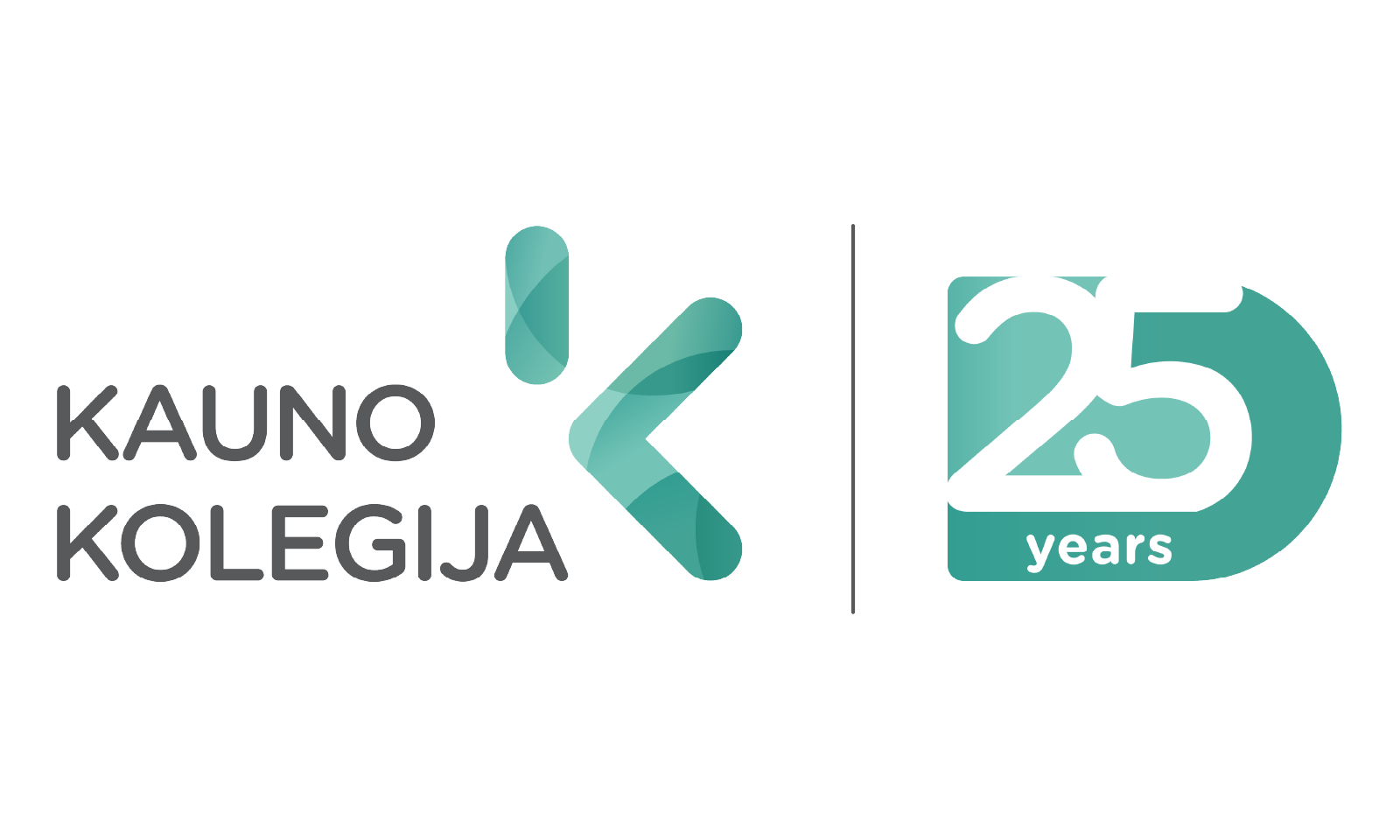| Semester | Course code | Course title | ECTS | Annotation |
| autumn | 28088 | IoT Internet of Things | 3 | This course covers theoretical and practical topics related to the principles of the Internet of Things and its applications and the IoT architecture reference model (ARM) is provided. Internet technologies, that provide access to physical objects and their interaction, are also covered in the course topics. This includes the types of sensors and the ways in which they communicate, prepare data and are controlled. Methods of collecting information from Internet devices and methods of visualization and processing of received data are analyzed. The security aspects and the metrology problems of the Internet of Things are assessed. |
| autumn | 15103 | Devices of Control Systems 1 | 5 | During the study of the subject, students are introduced to the principal elements of control systems – sensors, measurement devices, and final control devices. Students analyze constructional features of sensors and measurement devices, and their functioning principles. They are introduced to proximity sensors, measurement principles of temperature, pressure, flow, mechanical, and other parameters. During the study of the subject, students analyze functioning principles and constructional features of control system devices – controllers, final control and intermediate devices, final control elements, and transducers. Students analyze electric, pneumatic, and hydraulic features of automation devices, and evaluate their differences. Students learn to properly pick devices of control systems, and to tune them. |
| autumn | 15934 | Basics of Programming | 5 | The aim of the subject is to introduce students to the creation principles of task solving algorithms, to the main commands of programming language C++, its components and structures, tools of program construction and the simplest structures of user interface. The main attention is paid to the consistent assimilation of the main C++ language structures and to the learning how to write programs in C++ language. During the course, students are introduced to .net environment of the object-oriented programming system Visual Studio. Students acquire programming knowledge and skills during the creation of programs in C++ language. Students learn to program input and output, control structures, to use and create functions. Students get introduced to array handling principles and learn to create array handling algorithms. Students learn to use the variables of a simple type – pointers and the variables of structure type, they are introduced to the principles of operations with files, learn to create file handling programs. |
| autumn | 50266 | Programming of Industrial Robots | 5 | The subject is intended for students seeking to familiarize themselves with the application of industrial robots and cobots in industry, agriculture and other possible applications. During the semester, laboratory works are carried out with Motoman, Fanuc industrial and collaborative robots. Students create a digital twin of a robotic workplace with specialized robot simulation software. |
| autumn | 25628 | Control of Renewable Energy Systems | 5 | During this course, students will get acquainted with the working principles of the wind, solar, hydro, biofuel, and geothermal power plant systems as well as the physical transformation of energy. They will analyze the principles of hydrogen energy technology, Renewable Energy System Management systems and their visualization basics. Students will study the SOFT and PEM principles of fuel cell operation and the main aspects of hydrogen production cycle; analyze hybrid power management systems; get acquainted with the current and voltage converters as well as energy storage and energy transfer process management. They will analyze programmable embedded control systems of Renewable Energy Systems; learn to design and implement mechatronic systems for renewable energy. Laboratory work and specific tasks will help to solidify students’ theoretical knowledge and practical skills. |
| autumn | 15863 | Automation of Technological Processes and Technical Systems 2 | 6 | During the course, students learn to: analyze the most common technological processes in the industry of Lithuania, design and install technological process automation systems, computers and controllers. They acquire the knowledge about the elements of automation systems, their equations and characteristics, about control algorithms, their equations and structural diagrams. Students learn to create automation and interconnection diagrams, to perform analysis of the disturbances acting in a process and to select control law, to perform in practice an experimental investigation of process dynamics. They are introduced to control methods for multi-parametric objects, control of continuous systems by means of digital controllers, and computer-aided numerical optimisation of control systems. |
| Spring | 14705 | Control Theory | 6 | During the study, structure of automatic systems is analyzed, types of automatic systems are introduced, purpose of automatic monitoring systems and automatic control systems is explored; functional purpose of automatic system elements is analyzed; principles of automatic control are introduced; static and dynamic characteristics of automatic control system elements are analyzed; control laws are studied; terms of stability and control quality of automatic control systems are analyzed; methods of controller selection are analyzed; fuzzy logic-based controllers are introduced. Furthermore, during the study of the subject, information transfer between devices of control systems and signal conversion principles are analyzed. During the study of the subject, students explore functioning principles of information transfer and conversion devices, and the methods of their combination. |
| Spring | 21150 | Programming .net Technology | 5 | During the course, students are introduced to the features of Visual Basic programming language, object-oriented programming system environment and objects, design techniques of object features and methods, control structures, application principles of variables and constants, operator features, procedure creation principles, creation of user-defined functions, and internal functions of programming language. Students are introduced to the principles of file handling and are taught to create file handling programs. During the course, students learn to test programs. |
| Spring | 14693 | Electrical Engineering | 5 | The basic laws, operating modes and basic characteristics of electrical circuits are introduced. Learn how to connect and calculate various electrical circuits. Knowledge of the principles of operation of electronic devices, their characteristics and parameters is provided, ability to use the analyzed electronic devices in the simplest electronic devices, characteristics of typical electronic devices, learning to evaluate the results of the research and applying electronic devices in practice. |
| Semester | Course code | Course title | ECTS | Annotation |
| autumn | Information Technologies | 5 | Students will get acquainted with computer parts, characteristics, computer network organizational principles, will learn to implement and to configure computer system software, to prepare and process texts, graphic information, to make a layout, to perform different calculations, to use mathematical, time, logical functions, to create and modify graphs and diagrams, to create lists, to format and filter them, to create presentation slides, to create relation data bases, to learn the principles of information search on the international network. | |
| autumn | 14590 | Engineering Graphics | 6 | Engineering graphics deals with the methods and means of graphically representing technical information. The basis of engineering graphics is drafting geometry, which forms and analyses geometric models in the plane. For a long time, the main tools of engineering graphics were the pencil, the ruler, the plane, and paper, although there have been many attempts to systematise and mathematise the course. With the development of information technology, special design programmes are replacing the usual graphic tools. The course analyses the methods and tools for the graphic representation of technical information, the use of AutoCAD commands, the principles of drawing in the plane, and the peculiarities of modelling and visualisation of spatial surfaces and solids. |
| autumn | 15328 | Geodetic Equipment | 3 | The knowledge as well as professional abilities concerning construction and use of geodetic equipment, its use, maintenance and construction principles are acquired. Theoretical analysis is performed; the research methods designed for device construction, their use and maintenance are used. Students learn about the basics of wave and geometry optics, optical parts of devices, disadvantages of optical systems as well as their removal, limbs (ordinary and electronic), self-reading systems: using bar and scale microscope, construction and operating principles of optical micrometers. Construction and production of level as well as operating principles of different compensators are analyzed. |
| autumn | 46558 | Geodesy | 5 | The study subject analyzes national and special geodetic networks and their application in various geodetic works. The main technical regulations, requirements and principles governing measurements are presented. Familiarity with the selection and use of modern surveying tools and software, preparation of topographic plans, processing and evaluation of the obtained data known methods and techniques. Practical skills of geodetic measurements with modern geodetic instruments are developed. Development of digital plans and schemes. Acquires practical skills in creating, verifying and analyzing the geographical location of points, lines and objects in the field. Develop students’ geodetic thinking, creativity, initiative, individual and team decision-making skills, and responsibility. |
| autumn | 16562 | Higher Geodesy | 4 | Knowledge and professional activities to analyze gravitational field of Earth, potential of pull and gravity, force lines and equipotential surfaces, normal gravity field, height systems, gravity measurement methods, gravimetric measurements, celestial coordinate systems, astronomic time system, visual real and average coordinates, star catalogues, astronomic diaries, identification of astronomic coordinates and azimuth are developed. |
| autumn | 25217 | Engineering Geodesy 2 | 4 | Knowledge about geodetic works that are carried out while making different research building projection works is provided. Methods of project demarcation in nature and instruments used are explained. Geodetic calculations for project demarcation, performance of demarcation works, and evaluation of demarcation work precision are discussed. Geodetic works in construction of an underground and above ground part of a building, demarcation of heights on building constructions, control geodetic pictures, building deformation research, observations of building drift and tilt are analyzed. The application of geodetic methods to land plot measurements, plot projection, demarcation, land plot consolidations, boundary setting are explained. |
| Spring | 45566 | Photogrammetry and Remote Research Methods | 7 | The course provides students with the knowledge and skills to master the peculiarities of the process of aerial image acquisition, to apply the basic principles of photogrammetric processes to obtain spatial data, to create orthophotographic maps, and to assess their accuracy. To develop the ability to analyse and read aerial and space imagery material. To introduce the main remote sensing technologies for land surface mapping. The course covers the applicability of photogrammetric methods, the photographic tools used, the main parameters of aerial photographs, their geometric properties, their qualitative and quantitative criteria. It analyses the essence, development, basic principles and various applications of remote mapping technologies, discusses the basic principles of space imagery, the processing of data by software and the evaluation of the data and results obtained. |
| Spring | 46734 | Basics of Construction and Underground Communications | 4 | The subject was designed for the students who are seeking to acquire primary knowledge and professional abilities in the area of the basics of construction as well as engineering network – underground communications. Students will get acquainted with the Law of construction, technical regulations and institutions related to construction. Construction materials, their characteristics, application are described; building construction parts, their elements are analyzed. Variety, purpose, importance, functions as well as technical documentation regulating the peculiarities of project design and installation are discussed. |
| Spring | 15327 | Survey Result Processing | 3 | The methods of survey result processing in different areas of geodetic survey activities in Lithuania and EU. The main result processing methods and requirements are applied by classifying surveying according to occurring errors and ranking geodetic survey results according to different precision assessment criteria and assessing the precision and reliability of geodetic survey results. |


